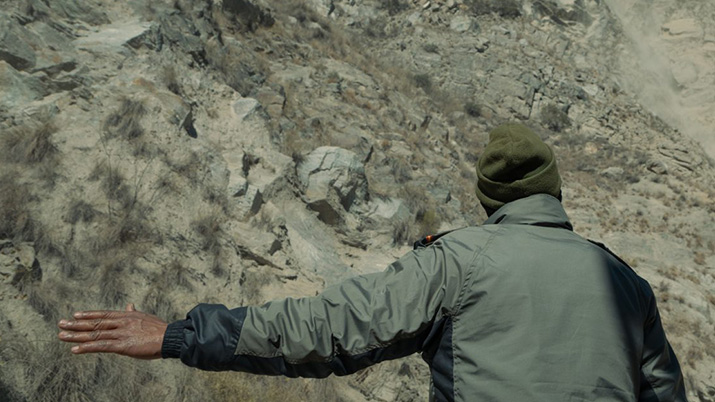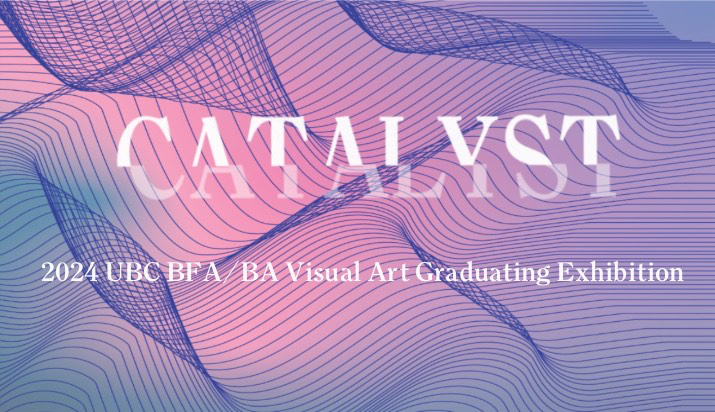The aesthetic function of public art is to codify social distinctions as natural ones
Dave Beech is an artist in the collective Free (with Andy Hewitt and Mel Jordan), as well as a writer and curator. He studied painting at Leicester Polytechnic and Cultural Theory the Royal College of Art, where he researched the historical development of the concept of philistinism from Romanticism to Postmodernism.
He has written widely on the politics of art, including ‘The Philistine Controversy’ (Verso, 2002, co-authored with John Roberts) and editing a special edition of Third Text (‘Art, Politics, Resistance?’, Vol 16, Issue 4, No 6), as well as the legacy of the Avant-Garde and Conceptualism, most recently in ‘Art and Text’ (Blackdog Books, 2011). He has also contributed to debates on participation and art’s publics, in books such as ‘In Search of Art’s New Publics’ and ‘The Pedagogical Turn’, as well as being a founding editor of the journal ‘Art and the Public Sphere’ (Intellect Publishing, from 2011). Other publications include the MIT/Whitechapel book ‘Beauty’ and his latest book, Art and Value is forthcoming from Brill’s Historical Materialism Book Series. As an artist he has exhibited at the Liverpool Biennial, BAK, Utrecht as part of the major research project ‘The Former West’, Smart Project Space, Amsterdam, and the forthcoming Istanbul Biennial. He also curated the exhibition ‘We Are Grammar’ at the Pratt Institute, New York 2011 (co-curator Paul O’Neill).
“The first thing that I want to say about the manner in which art and value converge is that to speak about values in art is to proceed without certainty. There is a palpable hesitancy in the manner by which values are ascribed to art. This, I want to insist, is not in any way as a sign of a lack of commitment or lack of confidence but rather as a sign of one’s sensitivity. One speaks of value in art with a tone of studied indeterminacy. While art is a prominent public sphere in which value judgements are formed and exchanged, it is simultaneously so dominated by subjective and individual judgements that value, we might say, is often hedged out of existence. And yet, this hedging is itself an embodiment of value. We need to think more carefully about the preeminence of hesitancy in artistic judgement in order to understand the kind of values that it promotes and how these values are embodied. A cynic might easily fashion a caricature of the dithering aesthete in order to call the whole enterprise into question but there is something important in this indeterminacy, something that any study of the relationship between art and value has to take seriously.”
As part of the Distinguished Visiting Artist Program, Beech will discuss the historical and theoretical structure of his argument in Art and Value. Beech’s book presents a sustained analysis of art’s treatment (and mistreatment) by classical economics, neoclassical economics, and in more recent years by the renewed interest in art demonstrated by finance capital and postfordist theory, to offer a history of the contentious relation between artistic and economic value as well as a critique of those theoretical motifs to which this relation has tended to be reduced in art theory.
“The history of the Marxist analysis of art has been firmly aligned with the theory of art’s commodification, industrialization, commercialization, spectacularization and incorporation. My intention throughout this book has been to explore art’s relationship to capitalism without relying on the established sociological methods of Western Marxism which have supported the claim that art has been incorporated into capitalism without providing any economic proof that artistic production has been transformed into capitalist commodity production. My method, here, has been to establish art’s relationship to capitalism through an analysis of its relation to capital. I have drawn on Marxism’s classical roots, particularly the three volumes of Capital, to investigate the economics of art and found that the claims made by Western Marxism of art’s commodification within the Culture Industry has no basis in the actual economic conditions of artistic practice. The processes by which non-capitalist production is converted into capitalist production – which Marx theorized through the twin concepts of the formal and real subsumption of labour under capital – has not taken place in the case of art. Artists have not become wage labourers, the means of production of art are not owned by the capitalist class, no productive capital plays any role whatsoever in the production of art. What’s more, merchant capitalists do not purchase artworks as commodity-capital, nor do artworks function conventionally or adequately as financial assets. As such, artists and artworks encounter money in various forms, but capital plays an extremely limited role, and in the majority of cases no role at all, in the production and circulation of art. While mainstream economics is happy to assert that art is a commodity almost like any other, the Marxist economic analysis of art demonstrates not only that art is economically exceptional but that it is exceptional to the capitalist mode of production in particular.”
(Excerpts from Art and Value, Historical Materialism Book Series, forthcoming.)
Weblinks
http://www.artmonthly.co.uk/magazine/site/article/institutionalisation-for-all-by-dave-beech-march-2006
http://dbfreee.wordpress.com/2012/11/02/van-abbemuseum-talk-for-giant-step-4/
http://m.youtube.com/#/watch?v=q5b1YYfLrTg&desktop_uri=%2Fwatch%3Fv%3Dq5b1YYfLrTg


